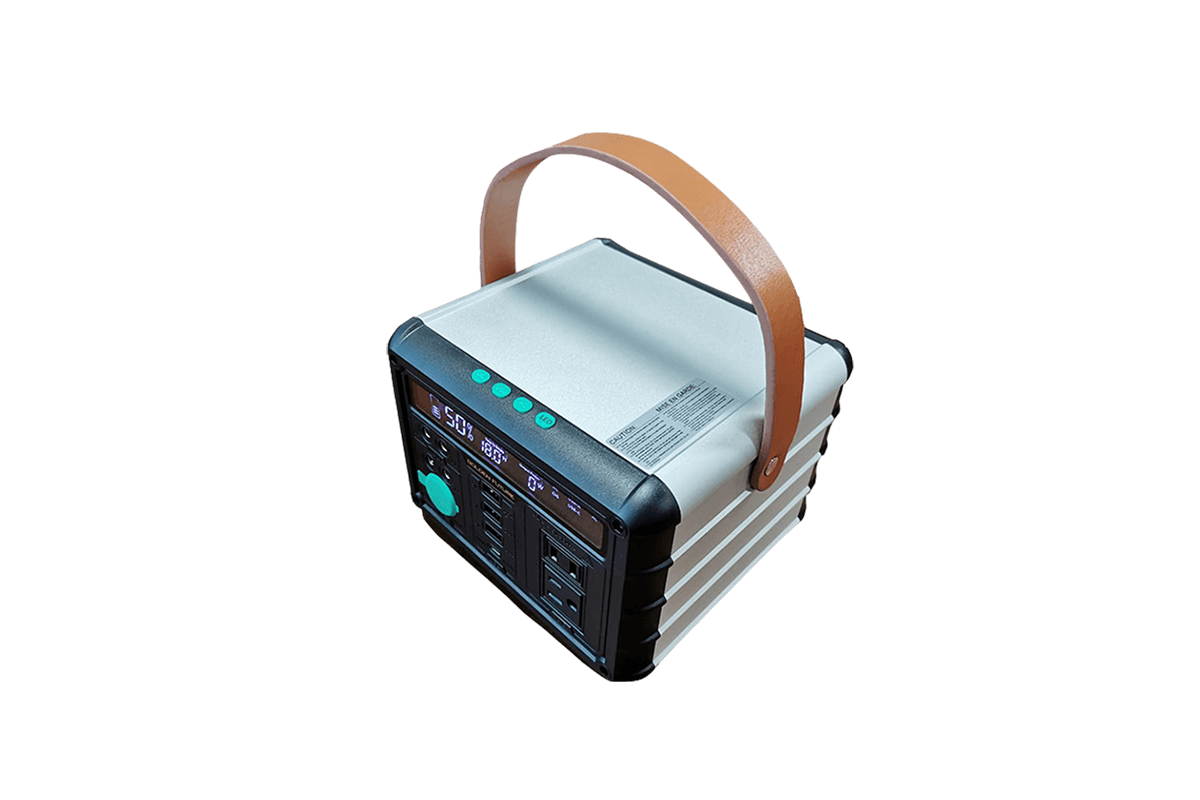

Time:2025-03-07 Views:1

Lithium - ion energy storage batteries have become increasingly popular in various applications, from electric vehicles to grid - scale energy storage. To ensure their optimal performance and extend their lifespan, proper maintenance is crucial.
Temperature Management
Lithium - ion batteries are sensitive to temperature. High temperatures can accelerate the degradation of the battery's internal components, reducing its capacity over time. For example, operating the battery at temperatures above 45°C can cause the electrolyte to decompose, leading to a loss of performance. On the other hand, extremely low temperatures, below - 20°C, can increase the internal resistance of the battery, making it difficult to charge and discharge efficiently. To maintain an appropriate temperature, many battery systems are equipped with thermal management systems. These can include cooling fans, liquid - cooled heat exchangers, or even phase - change materials. Regularly checking the functionality of the thermal management system is essential. If the cooling fan in a battery pack for an electric vehicle stops working, the battery can quickly overheat, potentially leading to permanent damage.
Charge and Discharge Control
Controlling the charge and discharge processes is another vital aspect of maintenance. Overcharging can cause the battery to overheat and may even lead to thermal runaway, a dangerous situation where the battery can catch fire or explode. Most modern lithium - ion batteries are equipped with battery management systems (BMS) that prevent overcharging by cutting off the charging current when the battery reaches its full capacity. However, it's still important to use chargers that are compatible with the battery's specifications. Similarly, deep discharging, where the battery is discharged to a very low state of charge, can also reduce its lifespan. Lithium - ion batteries typically have a recommended minimum state of charge, usually around 20% to 30%. Monitoring the state of charge regularly and avoiding deep discharges can significantly improve the battery's longevity.
Inspection for Physical Damage
Regular visual inspection of the battery for any signs of physical damage is necessary. Cracks in the battery casing can expose the internal components to moisture and air, which can cause corrosion and short - circuits. In a grid - scale energy storage system, if a battery module has a damaged casing, it should be immediately isolated and replaced. Even small dents or scratches on the battery can potentially weaken its structure and affect its performance. Additionally, checking the connections between battery cells and modules is crucial. Loose connections can increase resistance, leading to uneven charging and discharging, and ultimately reducing the overall performance of the battery system.
Read recommendations:
lifepo4 portable power station distributors